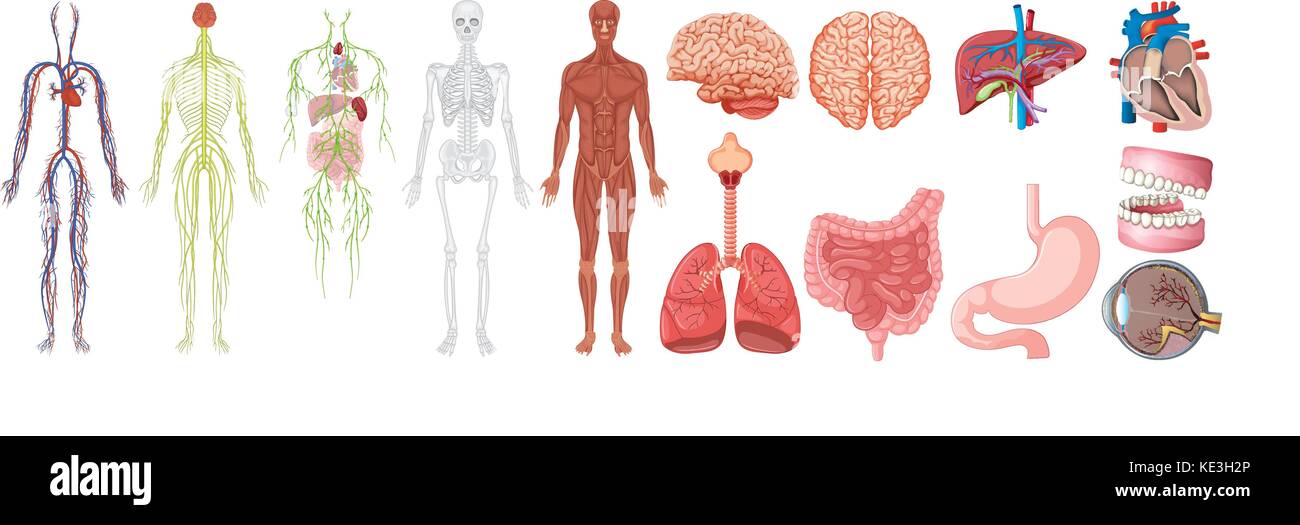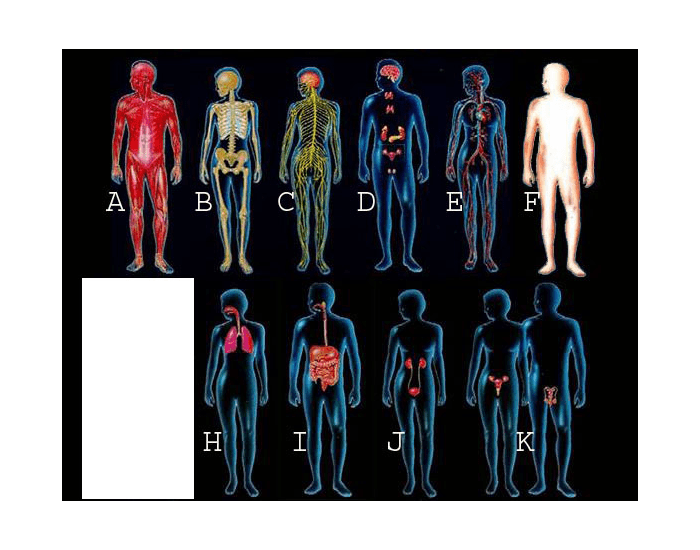res stock photography and images Biology Diagrams The human body is a complex system of organs, tissues, and structures that work together to sustain life. Each organ has a specific location and function, contributing to processes like circulation, digestion, and respiration. Understanding this organization provides valuable insights into health, medical diagnostics, and treatment strategies. Human body parts are categorized into different systems. For example, the skin and its appendages belong to the integumentary system, all structures involved in digestion to the digestive system, and all bones of the body to the skeletal system. In systemic anatomy, the systems are studied one by one (as opposed to regional anatomy). Compare:

Systemic anatomy encompasses the study of the human body's structures and systems at different levels, from gross visible anatomy to cellular and molecular levels. It involves understanding the anatomy of various body systems, such as the skeletal, muscular, cardiovascular, nervous, endocrine, digestive, respiratory, urinary, and reproductive systems.

Diagram, List, and Functions Biology Diagrams
Skeletal system The skeletal system is composed of bones and cartilages.There are two parts of the skeleton; axial and appendicular. The axial skeleton consists of the bones of the head and trunk.The appendicular skeleton consists of the bones within the limbs, as well as supporting pectoral and pelvic girdles.. There are 206 bones in an adult human body.
/images/vimeo_thumbnails/258834949/cY8bHB92Lt23QbFNaX7LVA_overlay.jpg)
Systemic anatomy, the second branch of human anatomy, subdivides the body into discrete organ systems that work together towards a common goal or function. The ten systems are called integumentary , musculoskeletal (skeletal, muscular), nervous , endocrine , circulatory , respiratory , digestive , urinary , reproductive, and lymphatic.

Human anatomy: Definition and overview of the organs Biology Diagrams
The human body is the physical substance of the human organism. Characteristic of the vertebrate form, the human body has an internal skeleton with a backbone, and, as with the mammalian form, it has hair and mammary glands. Learn more about the composition, form, and physical adaptations of the human body.
